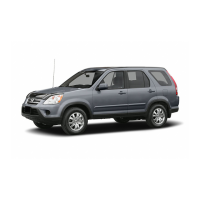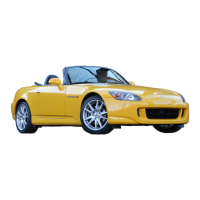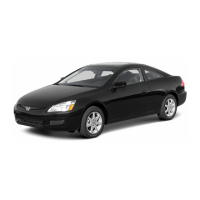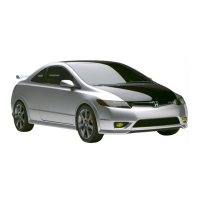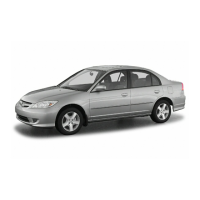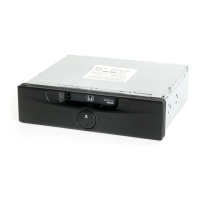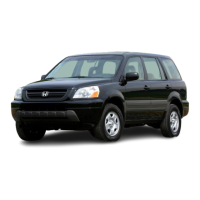
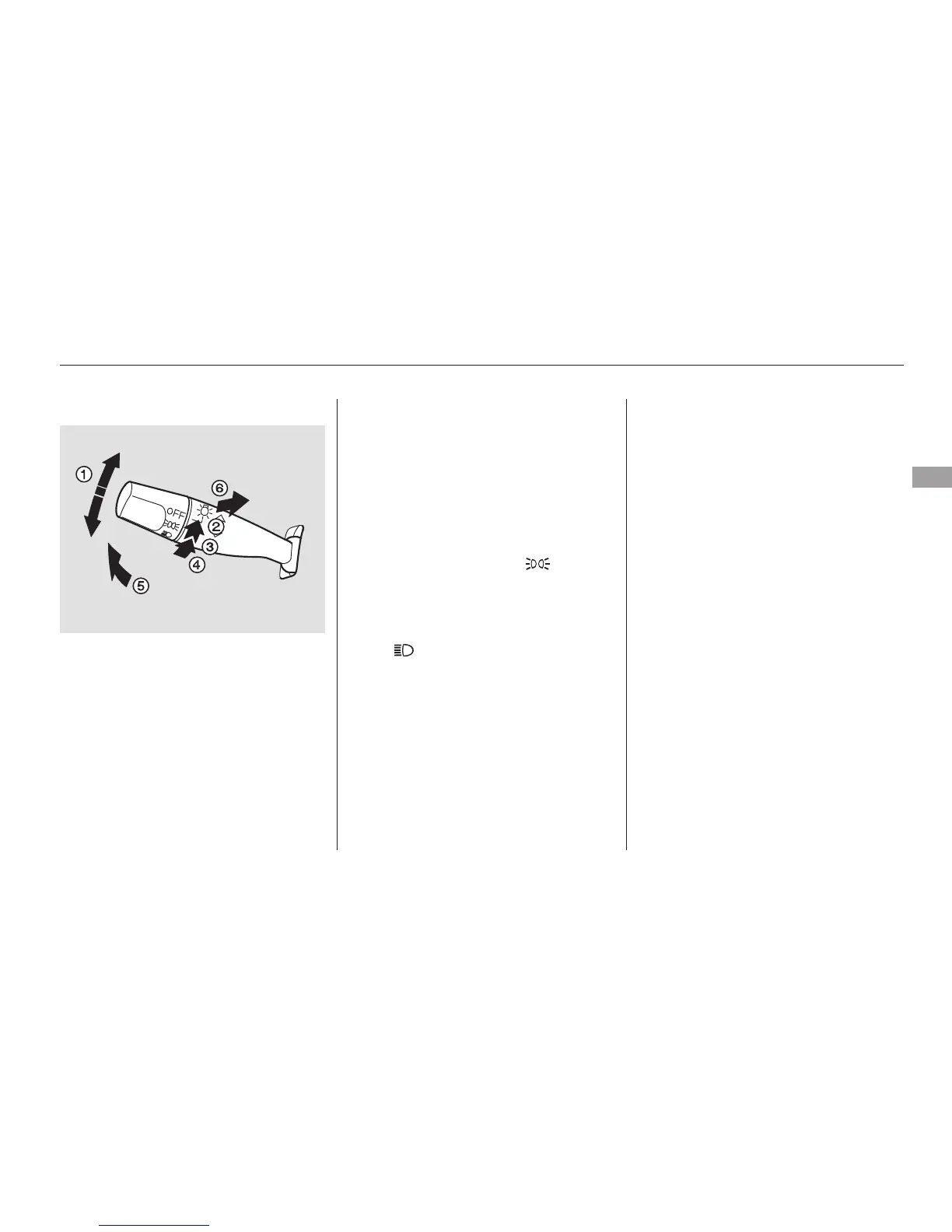 Loading...
Loading...
Do you have a question about the Honda 2005 Pilot and is the answer not in the manual?
| Brand | Honda |
|---|---|
| Model | 2005 Pilot |
| Category | Automobile |
| Language | English |
Explains the function and importance of seat belts for occupant protection.
Details the Supplemental Restraint System, front and side airbags.
Provides guidelines for safe seating positions and adjustments.
Details on seat belt system parts, indicators, and reminder beepers.
Explanation of how the lap/shoulder belt functions and is fastened.
Identifies the locations and types of airbags and related system components.
Explains the operation of front airbags during a frontal collision.
Details how front airbags have two inflation stages based on crash severity.
Explains how airbags deploy at different thresholds based on seat belt usage.
Describes advanced airbag features to prevent injuries to short drivers and children.
Explains how side airbags protect occupants in side impacts.
Details the system that automatically turns off the passenger's side airbag.
Explains the SRS indicator light and what it signifies.
Describes the indicator for the passenger's side airbag being automatically shut off.
Explains the indicator for the passenger's front airbag being shut off due to occupant weight.
Information on when and how to service airbag systems.
Precautions related to airbags, including not tampering with components.
Emphasizes the requirement for all children to be properly restrained in a vehicle.
Recommends all children age 12 and under be properly restrained in a back seat.
Warns about the hazards of front airbags to children in the front seat.
Guidance on properly restraining small children in forward-facing child seats.
Advice on restraining larger children who have outgrown child seats.
Guidelines for safely carrying children when fewer adults are available.
Recommendations for managing children needing frequent attention.
Safety measures for children, including door locks and key safety.
Details on rear-facing child seats for infants up to one year old.
Crucial advice on not placing rear-facing child seats in the front seat.
Recommends forward-facing seats for children over one year old.
Emphasizes back seat placement for small children for safety.
Requirements for child seats: safety standards, proper type, and vehicle fit.
Steps for properly securing a child seat using seat belts or LATCH.
Detailed instructions for installing child seats using the LATCH system.
How to determine if a seat belt fits a child correctly.
Guidance on selecting and using booster seats until seat belts fit properly.
Factors like physical size and maturity for front seat occupancy.
Precautions for larger children, including seat belt positioning.
Diagram showing the location of major vehicle controls.
Overview of the instrument panel and its various indicators.
Explanation of the tachometer, speedometer, and other gauges.
Location and function of controls mounted on or near the steering wheel.
Operation of windshield wipers, washers, and rear window functions.
How to operate turn signals and headlights, including high beams.
Operation of hazard lights and rear window defogger.
How to adjust the steering wheel for comfort and safety.
Information on vehicle keys, locks, and the immobilizer anti-theft system.
Operation of power door locks and tailgate locking mechanisms.
How childproof locks and remote keyless entry systems work.
Operation and precautions for using front seat heaters.
Adjustment methods for front and rear seats, including power and manual adjustments.
Instructions for adjusting and cleaning interior and exterior mirrors.
Operation of power windows, including auto and anti-pinch features.
How to operate the vehicle's moonroof.
How to apply and release the parking brake.
Features like cup holders, console, glove box, and sun visors.
Operation of interior and exterior lights, including control switches.
How to operate the climate control system for comfort in all weather conditions.
Explanation of buttons controlling airflow direction and recirculation.
Details on automatic and semi-automatic climate control operation.
How to tune stations, use presets, and adjust audio settings.
Factors affecting radio signal quality and how to improve reception.
Instructions for playing CDs, including track control and random play.
How to operate the in-dash CD changer, load, and eject discs.
Guidelines for handling and caring for CDs to prevent damage.
Common error messages for the CD player and their solutions.
Common error messages for the CD changer and their solutions.
How to play tapes, control direction, and use tape search functions.
Using steering wheel controls for audio system functions.
How the anti-theft audio system works and how to enter the code.
Procedure for setting the vehicle's clock.
Overview of the rear entertainment system, including DVD and audio sources.
How the vehicle's security system operates and its indicators.
How to use cruise control for maintaining speed on highways.
Programming the HomeLink system to operate garage doors and other devices.
Recommendations for new vehicle break-in to ensure reliability and performance.
Guidance on the type of gasoline and octane rating to use.
Steps for refueling and checking fuel cap condition.
Instructions on safely filling the fuel tank and tightening the cap.
How to safely open and close the vehicle's hood.
Procedure for checking engine oil level and condition.
How to check engine coolant level in the reserve tank and radiator.
Tips for improving fuel efficiency and reducing fuel consumption.
Advice on installing accessories and modifying the vehicle safely.
Guidelines for safely storing and transporting cargo in the vehicle.
General rules for safe driving, cornering, and avoiding rollovers.
Procedures for starting the engine, including cold weather and flooding.
Explains shift lever positions, shifting procedures, and transmission operation.
How the VTM-4 system transfers torque for traction and when to use the lock button.
How the TPMS works and what indicators mean.
Essential advice for parking safely and securely.
Overview of the braking system design and its components.
How the ABS system works to prevent skidding and maintain steering control.
How the VSA system helps stabilize the vehicle and maintain traction.
How to turn the VSA system on or off.
Guidelines for safely towing trailers, including load limits and equipment.
Advice for safe driving while towing a trailer.
Procedures for flat towing the vehicle behind a motorhome.
Precautions and techniques for driving on unpaved roads.
Essential safety precautions to follow before performing vehicle maintenance.
Schedules for normal and severe driving conditions and recommended service intervals.
A log to record completed maintenance services for warranty and tracking.
Diagrams showing the location of key vehicle fluid reservoirs.
How to properly check and add engine oil.
Step-by-step guide for changing engine oil and oil filter.
How to check and add engine coolant, and warnings about hot systems.
How to check washer fluid level and condition wiper blades.
Procedure for checking and adding automatic transmission fluid.
How to check and add differential oil.
When to replace the timing belt based on mileage and driving conditions.
How to check brake fluid level and when to replace it.
How to check and add power steering fluid.
Information on headlight aiming and replacing various vehicle bulbs.
Proper use and care of vehicle floor mats.
How to clean seat belts safely without damaging the fabric.
How to check, replace, and maintain windshield wiper blades.
Information on tire maintenance, inflation, inspection, and replacement.
How to check battery condition and terminals.
Preparation steps for storing the vehicle for extended periods.
Information on using the compact spare tire as a temporary replacement.
Step-by-step guide for safely changing a flat tire.
Troubleshooting steps when the engine fails to start.
Procedures and precautions for jump starting a vehicle with a dead battery.
What to do if the engine temperature gauge indicates overheating.
Explains the malfunction indicator lamp and potential causes.
What the brake system indicator means and when to seek service.
When and how to arrange for emergency towing of the vehicle.
Location and function of the vehicle's fuse boxes.
Diagrams showing fuse box layouts and protected circuits.
Location of VIN, engine, and transmission identification numbers.
Key vehicle dimensions, weights, capacities, and air conditioning details.
Explains tire grading for treadwear, traction, and temperature.
How the vehicle's emissions control systems work and are maintained.
Procedures for ensuring vehicle readiness for emissions testing.
Contact information for Honda customer service and dealership support.
Summary of warranties covering the vehicle, parts, and accessories.
How to report potential safety defects to NHTSA and Honda.
How to order factory-authorized service and owner's manuals.

